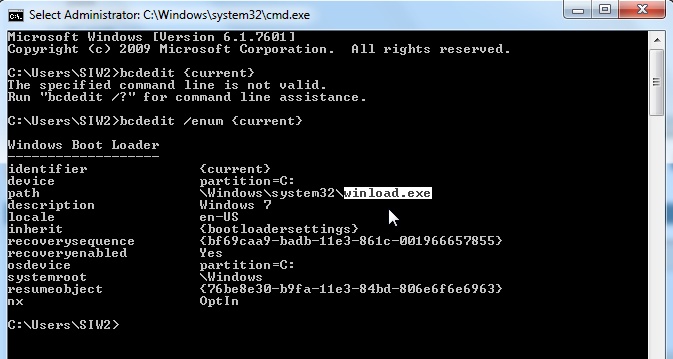New
#1
UEFI USB Win 7 installed. How to check if it really is in UEFI?
Hi,
I bought a new Asus desktop which came pre-installed with Windows 8. I've decided to ditch windows 8 and to install a SSD with windows 7 64 bit.
I noticed that my motherboard can handle UEFI and I went ahead and created a bootable USB with Win 7 64bit. When I go into BIOS I can see that it identifies the USB drive as a UEFI enabled device. I went ahead with the clean install of win 7.
This is where I'm confused. I followed the steps on this link
UEFI (Unified Extensible Firmware Interface) - Install Windows 7 with
When it comes to seeing 3 partitions I only see 2.
I tried msinfo32 to see "BIOS mode" but even that option is not there. All I see is "BIOS Version/Date" and "SMBIOS Version"
I have a working Windows 7 but just want to know if I did the installation correctly or not.


 Quote
Quote